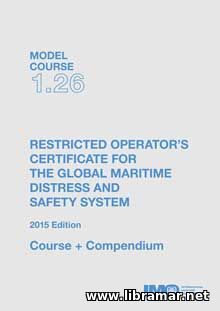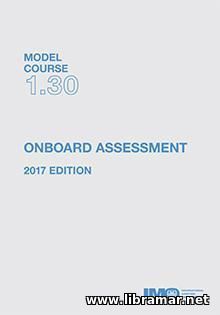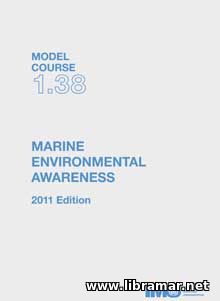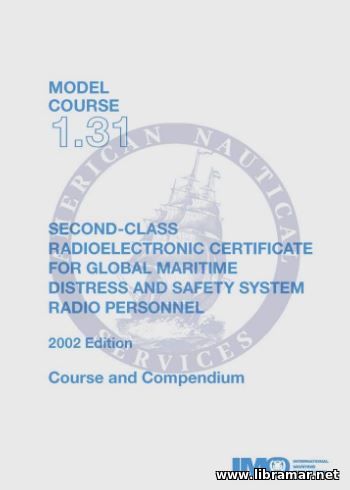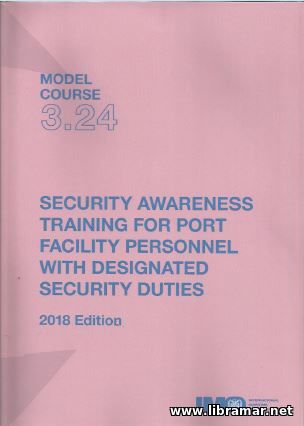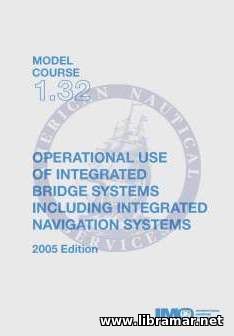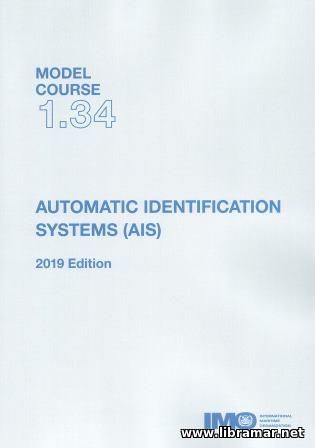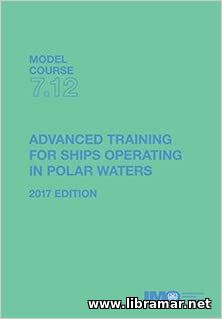
The vessels that operate in both Antarctic and Arctic areas, are normally subjected to the additional risks, unique to those environments. These risks posing the additional challenges to the navigators include, but are not limited, to the harsh weather, poor communication, lack of the good nautical charts, and other means of navigation. In addition to that, the rescue operations in these areas are very costly and difficult.
It shall also be noted that the cold temperatures prevailing in the regions directly affect the effectiveness of the deck machinery as well as the emergency equipment. The ship hull and propulsion arrangements experience additional loads caused by the accumulating ice. The content of this model course will provide necessary training to the navigating officers working in the Polar waters.
Those who have successfully completed the course, will know and understand the essential requirements to all components of the ship from its stability and hull construction to the firefighting and lifesaving features, and will be able to effectively contribute to the safety of the ship operation, considering all additional difficulties and challenges in the Polar waters and how to cope with them when handling their vessels.
